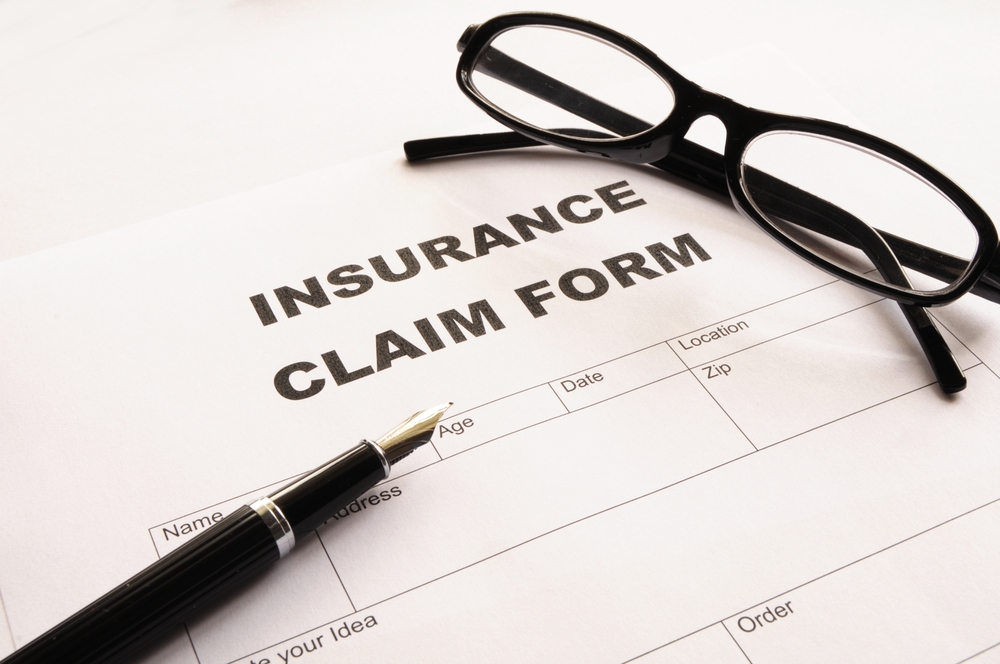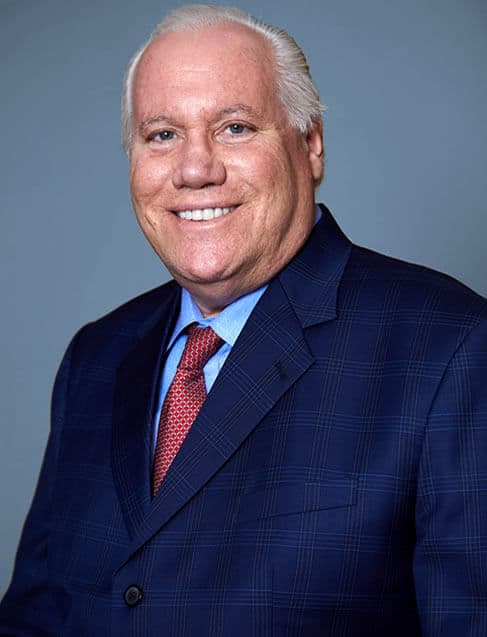That feeling of regret after a car accident settlement is a heavy weight. You signed the paperwork, accepted the check, and tried to move on.
But now, weeks or months later, the pain is worse, a new injury has appeared, or you have a nagging suspicion you were taken advantage of. The money is gone, but your medical bills are still piling up.
You are left asking if it is possible to get a reopened car accident claim and seek the compensation you now realize you need. The answer is not simple. While the legal system is built on finality, there are very narrow and specific circumstances where a settled case might be revisited. Our New York car accident lawyer will help you to get the compensation you deserve.
Schedule a Free Case Evaluation
Why Reopening a Settled Car Accident Claim Is So Difficult
When you settle a car accident claim with an insurance company, the final step involves signing a document, usually called a "release of all claims." This document is the primary barrier to reopening your case.
By signing it, you are making a formal agreement with the insurer. In exchange for the settlement money, you give up your right to pursue any further legal action for any injuries or damages related to that specific accident, now or in the future.

- What the Release Form Accomplishes: This legal document effectively ends your ability to sue the at-fault driver or their insurance company for the incident.
- A Contractual Agreement: It confirms that the settlement amount is the full and final payment you will receive for all your injuries, both known at the time and those that might develop later.
- Protecting the Insurer: Its purpose is to protect the insurer from you coming back in a year when, for instance, a sore back has developed into a condition requiring surgery.
Because of the power of this signed release, the bar for undoing it is set exceptionally high. You cannot reopen a claim because you feel the settlement was too low or because your known injuries worsened. There must be a fundamental flaw in the agreement process itself.
Exceptions That Might Allow You to Reopen a Car Accident Case
For a court in New York to even consider setting aside a signed release, you must prove that the agreement was invalid from the start. This usually falls into one of a few rare categories where the integrity of the settlement process was compromised.
Proving fraud in your initial accident claim
Fraud is a direct and intentional deception. To reopen a claim for fraud, you would need to show that the insurance adjuster or another party deliberately lied about a critical fact and that you relied on that lie when you decided to settle.
This is more than just feeling you were lowballed; it involves proving a calculated falsehood.
- False statement of material fact: The adjuster must have made a statement they knew was untrue. A classic example is an adjuster telling you that the at-fault driver’s insurance policy limit is only $25,000, convincing you to accept that amount, when the true limit is actually $250,000.
- Intent to deceive: You must demonstrate that the adjuster made the false statement with the specific goal of getting you to accept a lower settlement.
- Justifiable reliance: You must show that you reasonably believed the lie and that it was a primary reason you accepted the offer.
- Resulting damages: You must prove that you were financially harmed because you relied on the false information.
Proving all these elements requires substantial evidence, such as written correspondence, emails, or recorded statements that expose the deception.
The 'Mutual Mistake' Factor in Reopening Your Claim
This exception is different from fraud because it does not involve intentional deception. A "mutual mistake" occurs when both you and the insurance company based your settlement on a shared, incorrect assumption about a fundamental fact of your case.
A mistake made only by you (a unilateral mistake), such as underestimating your future medical costs, is not grounds to reopen a claim. The mistake must be about an injury that was completely unknown and undiagnosable at the time of the settlement. This is a very fine line.
- A mistake by both parties: Both you and the adjuster must have been wrong about the same critical fact.
- A mistake about a basic assumption: The error must relate to a core aspect of the claim, not a minor detail. The classic case involves the type of injury itself.
- An unknown injury, not a worsening one: This is the most challenging part. For example, if you settled a claim for a broken arm and back pain, and later doctors discover a completely separate and previously undetectable traumatic brain injury from the same crash, you might have an argument for mutual mistake.
Both parties settled based on the belief that the only injuries were the arm and back. If your back pain simply got worse and required surgery, that is a known injury worsening, and it would not qualify.
Was Your Settlement Signed Under Duress?
Duress or coercion means that you were forced to sign the settlement agreement against your will through threats or improper pressure. The pressure must be so intense that it robs you of your free will, leaving you with no reasonable alternative but to sign.
This is an extremely high standard to meet in a legal setting.
- Illegitimate pressure: The behavior of the insurance adjuster must go far beyond aggressive negotiation tactics. It could involve threats of harm, blackmail, or other unlawful acts.
- No reasonable alternative: You must demonstrate that you had no other choice. For example, an adjuster cannot threaten to report you to law enforcement for an unrelated matter if you refuse to sign.
- Timing of the pressure: High-pressure tactics used immediately after an accident when you are still hospitalized or under the influence of strong medication could potentially be viewed as a form of coercion.
Feeling stressed about your financial situation and accepting a settlement to pay your bills does not constitute legal duress. The pressure must come from an improper, external source.
What Happens If My Injuries Get Worse After My Car Accident Settlement?

This is perhaps the most common reason people wish they could go back in time. You settled your claim based on what you and your doctor knew, only to find out months later that your recovery is not going as planned or that you need a major surgery you never anticipated.
Unfortunately, in most cases, a worsening injury is not a valid reason to reopen a car accident claim. The release you signed almost certainly contains language that covers all "known and unknown" consequences of your injuries.
The law interprets this to mean that when you settle, you are accepting the risk that your medical situation could change.
The difference between a new injury and a worsened injury
The distinction is critical for any attempt to reopen a claim.
Worsened Injury (Generally Not Re-openable):
- You settled for whiplash and soft tissue damage to your neck.
- Six months later, an MRI reveals two bulging discs that now require injections or surgery.
- This is viewed as a progression of the original neck injury. The settlement you accepted is meant to cover this possibility.
Potentially New Injury (Slim Possibility of Reopening):
- You settled for a broken leg and scrapes.
- Six months later, you begin experiencing seizures. Doctors perform a brain scan and discover a slow brain bleed that was completely undetectable and asymptomatic at the time of the settlement.
- Here, you could argue a mutual mistake: both parties settled under the assumption the only major injury was the broken leg, not a life-altering brain injury.
Success even in the second scenario is far from guaranteed and would require a significant legal fight.
Actions to Take if You Believe Your Case Qualifies
If, after reviewing the narrow exceptions, you still believe your settlement was the result of fraud, a true mutual mistake, or duress, do not act rashly. The steps you take next are vital. Contacting the insurance company on your own can damage your position.
- Gather paperwork: Before you do anything else, collect every document related to your original accident claim.
- Create a detailed timeline: Write down a clear sequence of events.
- Do not contact the insurer: This cannot be stressed enough. Calling the adjuster to complain or demand more money will only serve to alert them to your intentions, and they will use anything you say to strengthen their position against you. A legal professional should handle all communication.
- Consult with a different personal injury attorney: You need a fresh set of eyes. A lawyer who was not involved in your initial settlement can provide an objective evaluation of your situation.
Frequently Asked Questions About Reopening Car Accident Claims
Q: How long do I have to try to reopen a car accident claim in New York?
A: This is complicated. There is no single, simple deadline. The time limit would depend on the reason you are trying to reopen the case. For a claim based on fraud, for instance, the statute of limitations is typically the later of six years from the date of the fraud or two years from the date you discovered (or reasonably should have discovered) the fraud. Because these deadlines are strict, you should speak with an attorney immediately.
Q: Is reopening a claim the same as filing an appeal?
A: No, they are very different legal actions. An appeal happens when you take a case that went to trial to a higher court, arguing that the judge made a legal error during the trial. Reopening a claim involves asking a court to invalidate a settlement agreement that was reached before a trial ever happened, based on flaws in the agreement process itself.
Q: I didn't have a lawyer the first time I settled. Does that make it easier to reopen my claim?
A: Not automatically, but it can be a relevant factor. Representing yourself does not in itself invalidate a settlement. However, if an insurance adjuster used your lack of legal knowledge to mislead you or create a situation of duress, the fact that you were unrepresented could strengthen your argument that the settlement was not fair or voluntary.
Q: What are the real chances of successfully reopening a settled car accident claim?
A: To be direct, the chances are low. The legal system is designed to provide finality, and courts are hesitant to undo signed contracts. Success requires clear and convincing evidence of fraud, a true mutual mistake about an unknown injury, or significant duress. It is not an easy path, but with the right facts, it is not an impossible one either.
Your Second Chance at Justice
Proving fraud or a profound mistake requires a meticulous review of your case and a deep knowledge of New York personal injury law. It is not a fight you should ever undertake alone.

The attorneys at Queller Fisher have been fighting for the rights of the injured in New York City for decades. We have seen firsthand how insurance companies can pressure individuals into accepting quick, inadequate settlements.
Our team is dedicated to giving clients a voice and a fighting chance. From our offices in New York City and White Plains, we serve clients across New York, including Brooklyn, Queens, the Bronx, Westchester, Nassau, and Suffolk counties.
If you signed a settlement that you believe was unjust, let us review your case confidentially and at no cost.
Contact the New York personal injury attorney team at Queller Fisher to learn more.
New York City Office: The Woolworth Building, 233 Broadway, 18th Floor, New York, NY 10279
Phone: 212-406-1700
White Plains Office: 2 Westchester Park Drive, Suite 205, White Plains, NY 10604
Phone: 718-892-0400